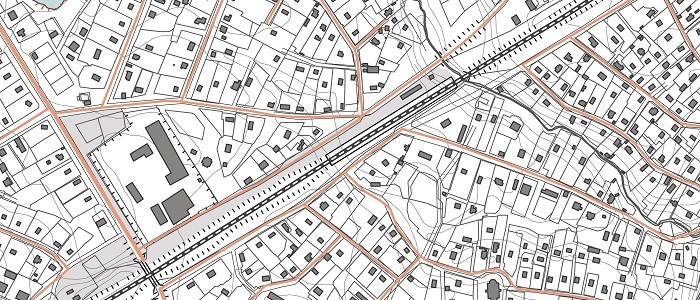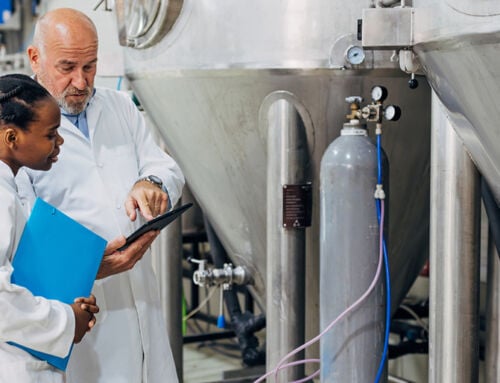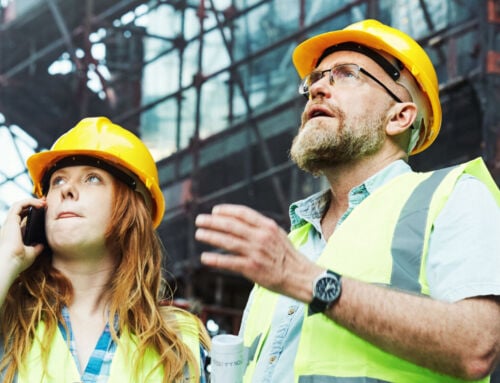Picking the right location of your restaurant can play a big role in determining the future success of your business. Before a new restaurant owner even begins considering the menu, décor or pricing, they need to do their due diligence first. Each restaurant is unique, but there are certain things that need to be considered no matter what type of restaurant you’re planning to open. Here are a few tips that you should keep in mind when researching the ideal location and building for your restaurant.
3 tips to keep in mind when picking a restaurant location
1. Population and demographics
Getting information on population and demographics should be the first step in helping you determine the right general area or neighborhood you want to operate in. The population density of the area is one of the most important pieces of data. More people in the area should hopefully translate to more customers hungry to try out a new restaurant. Getting data on the population of an area can be as simple as a quick internet search. A great source for preliminary research is Statistics Canada’s most recent data from the 2016 Census. If you search based on postal code, the data can be very specific—from the city level down to the subdivisions, providing you a estimate on population.
While population data is a great start, you need to dive deeper into the numbers to truly understand if your restaurant can thrive in that area. You need to identify your target market and see if the local population matches. Hopefully you’ve created a ‘persona’ of your target market that includes demographic information like age bracket, income and spending habits. To get more information like this, some larger cities have public data. For example the City of Toronto has some interesting demographic information broken down by neighbourhood.
Of course you can always go to a market research firm and purchase more sophisticated data if you have the resources to do so. More detailed information on the spending habits, infrastructure plans and demographic shifts can all be extremely valuable when starting a new business.
2. Competitors and neighbours
Once you’ve got a good idea where your customers live, it’s time to start looking at your competition and neighbours. After all, you don’t want to open a restaurant in an area that’s already saturated with restaurants that are offering something similar to yours. On the other hand, you don’t want to find out that the area has declining businesses that aren’t bringing in a good amount of foot traffic. You want to find that sweet spot of a successful area that has high traffic but isn’t overly competitive. This primary research can be the fun part: select the neighbourhood that has your target demographic and take a walk around while scoping out other restaurants and businesses. Browse around the stores and shops, try out a number of different restaurants in the area and pay attention to the flow of traffic.
Just because other restaurants in the area are successful, it shouldn’t be a cause for alarm. While you might not want to open up an Italian restaurant across the street from another already successful Italian restaurant, other successful competitors can be a good sign. Healthy competition means that potential customers are already drawn to the area. The advertising budgets of surrounding businesses and restaurants may indirectly help your restaurant as well.
3. The building and safety
After identifying the ideal location, it’s time to look at buildings that could house your new restaurant. There are a number of factors that you need to look at before purchasing or signing a lease. Picking the appropriate building is another critical part of your success, as picking the wrong building may result in unexpected costs in the future. Some of these additional costs could include bringing the building up to code, repairs, renovations and your property insurance premiums.
Before making any decisions, have a local code enforcement officer from the city or a risk services expert from your insurance company take a walk-through inspection with you. They should be able to confirm that everything is up to code in terms of electrical wiring, fire alarms, fire suppression systems, accessibility and more.
You should also consider elements of the building’s construction. While older buildings have unique character and charm, they may also come with more risks. Frame buildings with wood construction, older masonry or dwellings that have been re-purposed into restaurants can be fire hazards. That may make it difficult or expensive to insure the property. Similarly, if the building is not within 500 feet of a fire hydrant, it can also be considered higher risk.
Find out more about how our Risk Services specialists can help protect your restaurant.
This blog is provided for information only and is not a substitute for professional advice. We make no representations or warranties regarding the accuracy or completeness of the information and will not be responsible for any loss arising out of reliance on the information.







